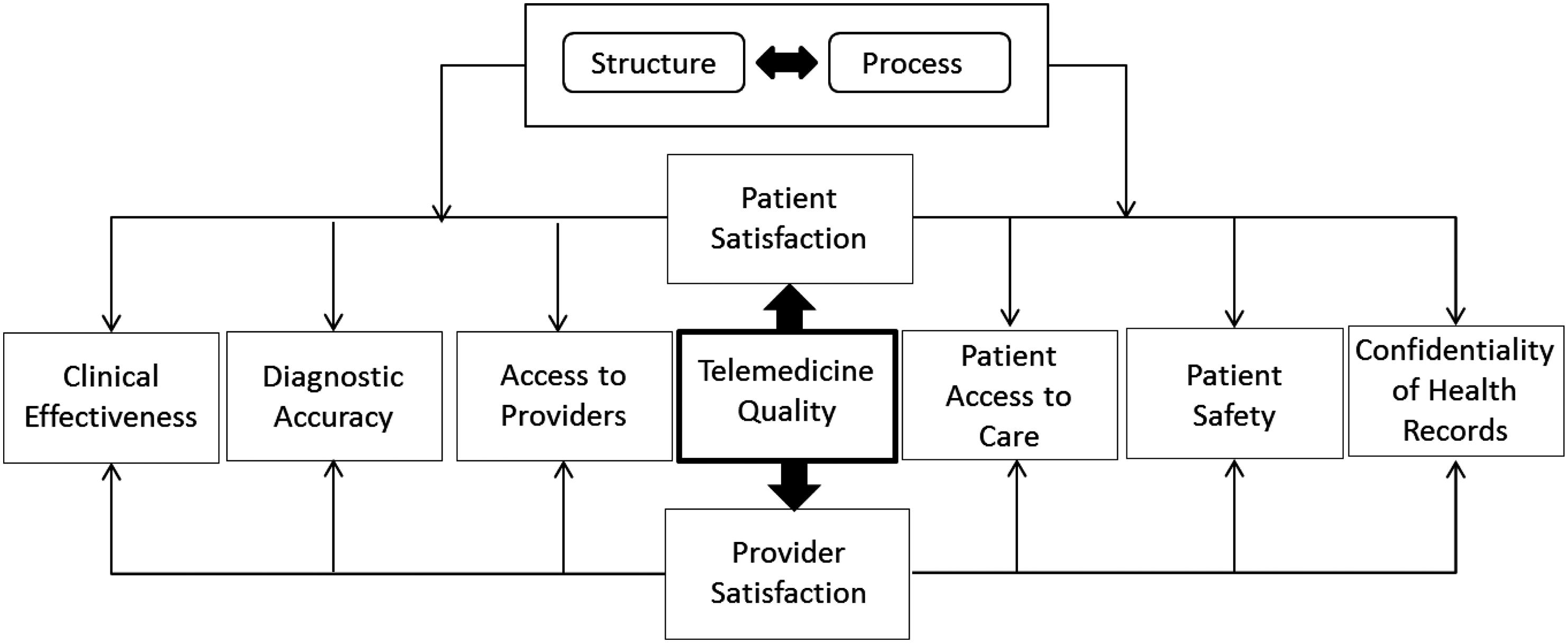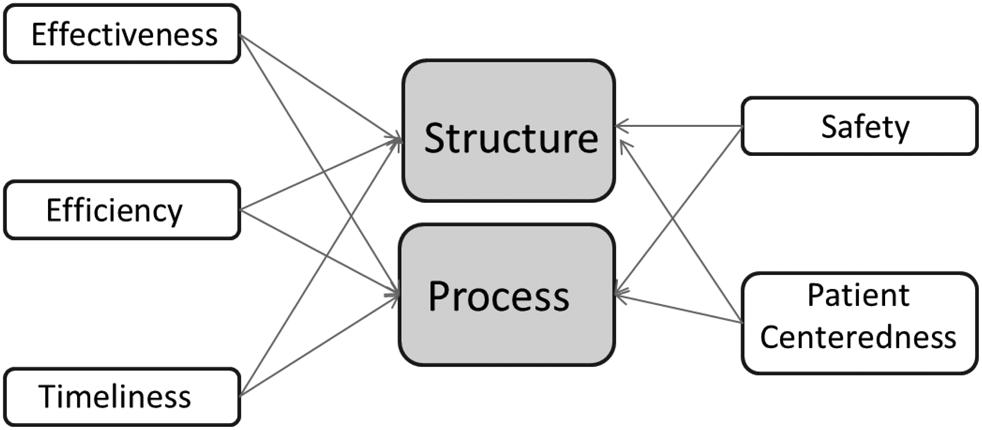
1 minute read
Telemedicine and Virtual Healthcare
Nonetheless, many retail clinics that originally handled a short list of minor illnesses and injuries now play a role in chronic care management and more. CVS Health, for example, announced new MinuteClinic services for women’s health, skin care, and travel health assessments. Walgreens, in the meantime, has begun tackling mental health through an online screening questionnaire.
Retailers and grocery chains alike are expanding their operations to capture the value that the changing healthcare industry is creating. Adapting to the needs and wants of their customers, more pharmacy operations are demonstrating an increased focus within the health and wellness space. These companies’ evolution is assisting them in gaining a competitive advantage over their customers.
Advertisement
Telemedicine and virtual healthcare are very quickly becoming a mainstay in the healthcare field. When it comes to short-term, self-limited needs, telemedicine and virtual medicine offer viable options for meeting consumers’ demands. They help consumers avoid having to call a medical office to make an acute care appointment; they obviate the need to drive to the office, sit in a crowded waiting room, and eventually be seen. This convenience can be especially appealing to a generation accustomed to doing everything with mobile devices, from texting to booking and checking in for flights. Patients needn’t take time off work or school to visit the clinic for consultations, follow-up appointments, lab results, or post-operative guidance. Physicians have more time in their schedules for new patients and those who must be seen in person.
Telemedicine can meet many different needs for both patients and physicians. Technology compliant with the Health Insurance Portability and Accountability Act (HIPAA) has evolved to where it is helping providers offer continuity of care and a seamless experience for patients while enabling practices to generate more revenue. Telemedicine also enables physicians and other providers to take care of urgent patient calls. Time savings and convenience are the benefits of telemedicine most often cited by physicians. In addition, sometimes patients are too frail or sick to visit the office. Some systems enable the provider to make diagnoses, do follow-ups, and discuss lab results on these calls. Providers also feel the system helps them get a good visualization of problems and informs them which insurances are billable.





